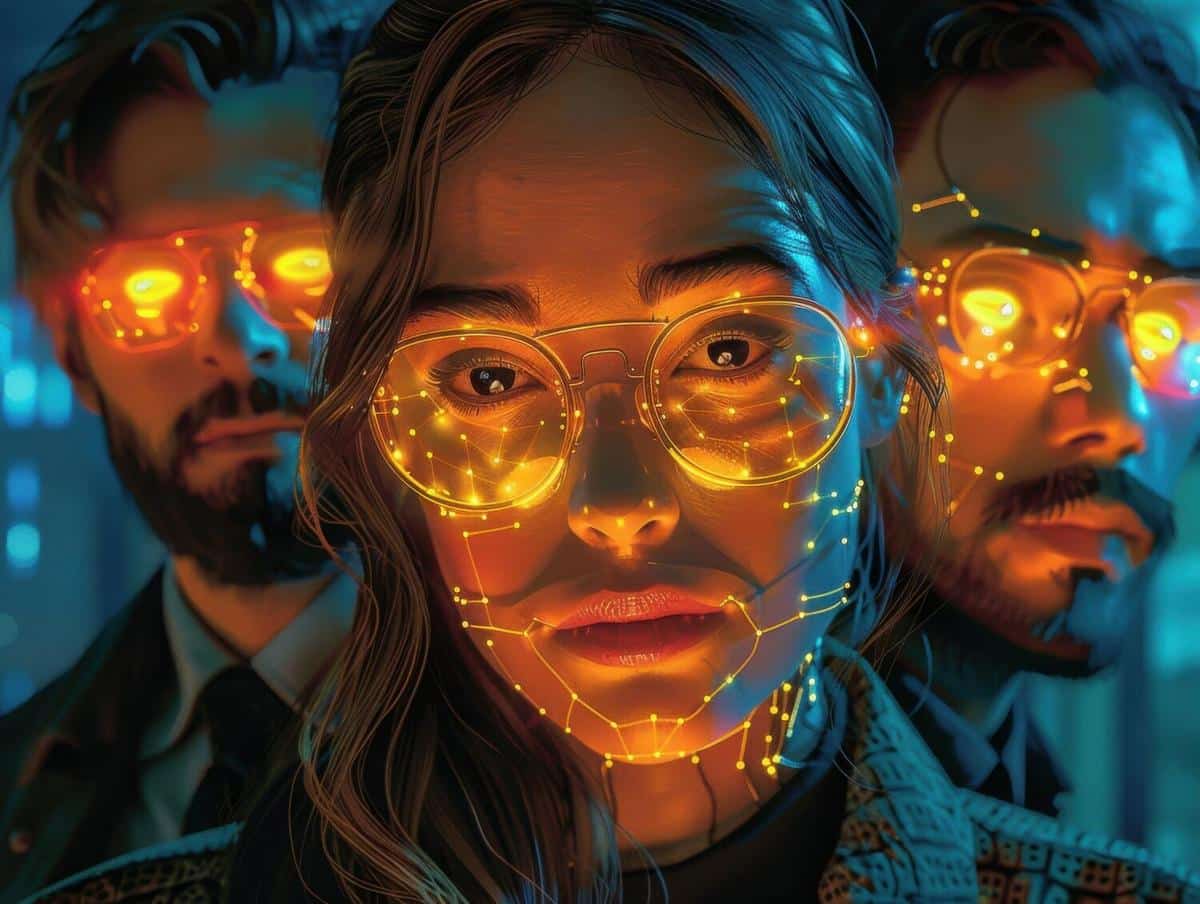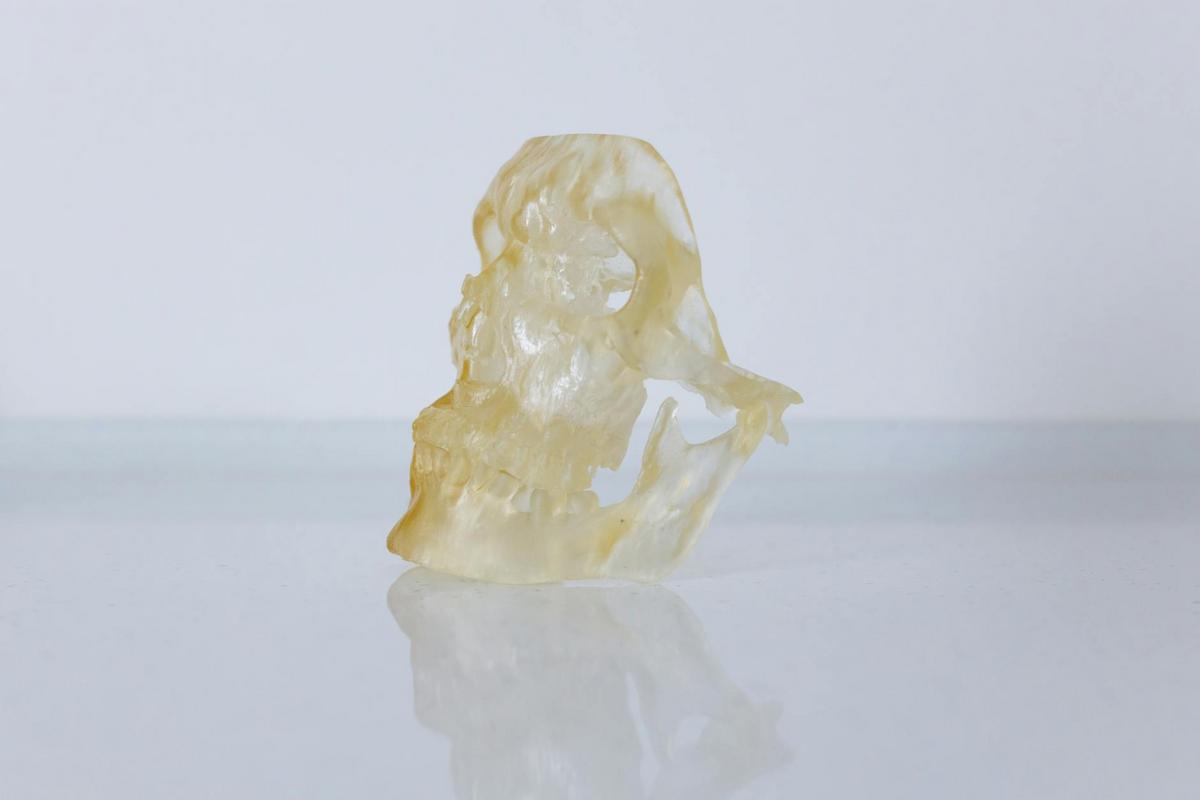
Case Study: Saving Indigenous Art From Extinction
The intricate tapestry of indigenous art represents not only the creative expression of various cultures but also their history, traditions, and identity. As globalization accelerates, these unique art forms face the risk of fading into oblivion, making preservation efforts more crucial than ever.
Indigenous art is a vital link to our past, carrying stories and traditions passed down through generations. Yet, with the relentless march of modernity, many of these art forms are under threat. To understand the gravity of this situation, we need to delve into the challenges faced by indigenous communities and explore the efforts being made to save their art from extinction.
Understanding the Challenges
One of the primary challenges indigenous art faces is the encroachment of modern life, which often sidelines traditional practices. Dr. Maria Lopez, a renowned cultural anthropologist, notes, “Indigenous art forms are not just about aesthetics; they are about maintaining a connection to one’s heritage and identity.” Unfortunately, younger generations may find themselves drawn to more contemporary forms of expression, leaving traditional art forms vulnerable.
The Impact of Globalization
Globalization has brought many benefits, but it has also led to the homogenization of cultures. A study by the Cultural Survival organization highlights that 80% of indigenous languages, which are often tied to art, may vanish within the next century. This loss of language can lead to the disappearance of art forms that rely on oral traditions.
Case Studies: Preserving Indigenous Art
Various initiatives are making strides in preserving indigenous art. For instance, the Indigenous Arts Revival Project in Australia has successfully reintroduced traditional painting techniques to local communities, rekindling interest and pride among the youth. Similarly, in Canada, the Art of the Ancestors program offers workshops that teach traditional crafting skills, ensuring these techniques are not lost to time.
Actionable Steps for Preservation
- Support local artists by purchasing their work, which provides both financial support and validation of their cultural contributions.
- Participate in workshops or events that celebrate indigenous art, fostering a deeper understanding and appreciation.
- Advocate for policies that protect indigenous cultural heritage and provide funding for preservation efforts.
Consider volunteering with organizations dedicated to cultural preservation. Your support can make a difference in sustaining these vital art forms.
Tools for Engagement and Support
Here is a comparison of various tools and platforms supporting indigenous art:
| Platform | Focus | Region | Initiatives |
|---|---|---|---|
| Indigenous Arts Network | Community Engagement | Global | Workshops, Exhibitions |
| Art of the Ancestors | Skill Workshops | Canada | Crafting, Storytelling |
| The Indigenous Project | Art Sales | USA | Online Marketplace |
| Cultural Survival | Advocacy | Global | Policy, Research |
| Revive Art | Education | Europe | Educational Programs |
| Traditions Alive | Conservation | Africa | Preservation Projects |
| Heritage Keepers | Documentation | Asia | Archiving, Digitalization |
| Artisan Resurgence | Economic Development | Latin America | Trade Fairs, Sales |
FAQs
Why is indigenous art at risk?
Indigenous art is at risk due to factors like globalization, loss of language, and the shift towards modern lifestyles that often overlook traditional practices.
How can individuals contribute to preserving indigenous art?
Individuals can contribute by supporting local artists, participating in cultural events, and advocating for policies that protect indigenous heritage.
Conclusion
Preserving indigenous art is not just about saving artifacts or traditions; it’s about maintaining the cultural fabric that enriches our world. By supporting these efforts, we can ensure that future generations inherit a diverse and vibrant cultural legacy. Let’s all play a part in keeping these invaluable art forms alive and thriving.


